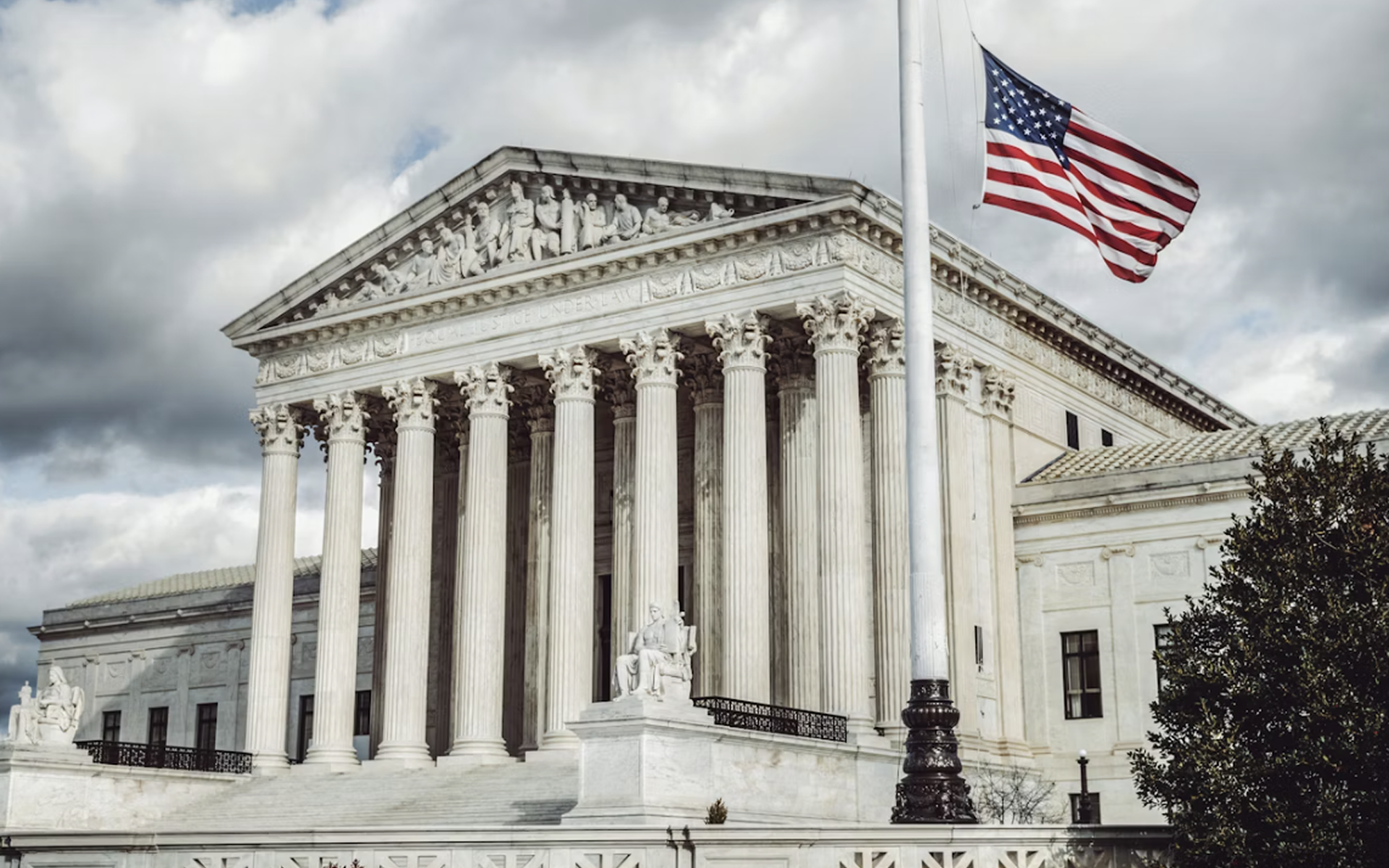The History of Life Settlements in the U.S.
The life settlement industry didn’t appear overnight. It evolved from over a century of financial innovation, legal precedent, and growing recognition that a life insurance policy is more than a piece of paper — it’s an asset.
Today, selling a life insurance policy for its fair market value has become an established financial option for seniors. But understanding how this market developed helps policyholders, advisors, and investors appreciate the value and legitimacy of life settlements today.
In this article, we’ll walk through the key milestones that shaped the U.S. life settlement industry — from its legal foundation to the rise of institutional buyers and the emergence of transparent, digital platforms like Settle.
The Legal Foundation: Grigsby v. Russell (1911)
The story of life settlements begins in the early 20th century with a landmark Supreme Court case: Grigsby v. Russell (1911).
When Dr. A. H. Grigsby purchased a patient’s life insurance policy to help cover surgery costs, the patient later passed away, and the doctor claimed the policy’s death benefit. The executor of the patient’s estate argued that the sale wasn’t valid — claiming that life insurance shouldn’t be treated like a transferable asset.
The case went all the way to the U.S. Supreme Court, where Justice Oliver Wendell Holmes issued the now-famous opinion:
“Life insurance has become in our day one of the best recognized forms of investment and self-compelled saving… to deny the right to sell it would be to deny the right to the whole.”
That single decision established the legal right to sell a life insurance policy — confirming that policy ownership includes the right to assign, transfer, or sell it to another party.
This case is often considered the birth of both the viatical settlement and life settlement industries in America.
The Rise of Viatical Settlements in the 1980s
Fast forward seventy years. The next major phase in life settlement history came during the 1980s, driven by a tragic public health crisis: the HIV/AIDS epidemic.
Many terminally ill patients faced mounting medical bills and were unable to work. They often owned life insurance policies that would pay out only after their deaths — money that couldn’t help them during their lifetimes.
Enter the viatical settlement: the sale of a life insurance policy by someone with a terminal illness (usually less than two years life expectancy) to a third party in exchange for an immediate cash payment.
For many, this was a financial lifeline — a way to pay for treatment, support family, or simply improve quality of life.
While the viatical market started informally, it quickly grew as more companies recognized the opportunity to help patients access their policies’ value.
However, because the market was new, regulation lagged behind. Some early actors were unlicensed, and consumer protection was inconsistent. Over time, this would lead to stronger regulation and the eventual evolution into the modern, more stable life settlement market.
The Transition to Life Settlements (1990s–2000s)
By the 1990s, medical advancements meant that many people living with serious illnesses were surviving longer. The viatical model — based primarily on short life expectancies — no longer fit most policyholders’ needs.
Instead, a new market emerged: life settlements.
Life settlements extended the concept beyond terminal illness to include seniors who were simply over-insured, no longer needed their coverage, or could no longer afford premiums.
As awareness grew, institutional investors — pension funds, private equity firms, hedge funds — began entering the space. They saw life insurance as a new asset class: one with predictable cash flows and little correlation to traditional markets.
The introduction of these large-scale buyers brought more liquidity, structure, and professionalism to the market.
However, regulation remained fragmented, and misinformation persisted. Consumers still weren’t widely aware that they could sell their life insurance policies for fair market value — often for 4–8 times their policy’s cash surrender value.
The Role of Regulation and Consumer Protection
Throughout the 2000s, state insurance departments began taking a more active role in regulating life settlements.
Organizations like the National Association of Insurance Commissioners (NAIC) and the National Conference of Insurance Legislators (NCOIL) developed model laws to guide state oversight.
Today, over 43 states (covering 90%+ of the U.S. population) have specific life settlement regulations. These laws typically require:
- Licensing of settlement providers and brokers.
- Transparent disclosure of all fees and commissions.
- Written consent from policy owners.
- Privacy protections for medical and personal data.
- Cooling-off periods allowing policyholders to reconsider a sale.
This framework helped transform life settlements from a niche financial product into a mainstream, regulated transaction — giving policyholders and advisors greater confidence in the process.
Institutionalization and Financial Recognition (2010s)
By the 2010s, the life settlement industry had matured significantly.
Major financial institutions began recognizing life settlements as a legitimate alternative investment. Academic studies, actuarial research, and independent financial planning resources validated their value to both policyholders and investors.
Key milestones:
- Increased institutional funding: Capital from funds and family offices entered the space.
- Standardized valuation models: Improved pricing transparency through actuarial modeling.
- Broker-dealer awareness: Integration into estate planning and wealth management conversations.
- Consumer education: More outreach and educational materials helped seniors understand their options.
This era marked the beginning of data-driven underwriting and digitized documentation, laying the groundwork for the modern online platforms that would come next.
The Digital Transformation (2020s and Beyond)
Historically, life settlements were known for being paper-heavy, slow, and opaque. Transactions could take months, requiring faxes, mail-in health records, and manual policy reviews.
But technology has changed everything.
Platforms like Settle have modernized the process — transforming life settlements into a fully digital, transparent, and consumer-friendly experience.
Today, policyholders can:
- Request an instant online policy appraisal in minutes.
- Review multiple competing offers from licensed buyers.
- Complete the entire process securely and electronically.
At the same time, investors and institutions gain access to standardized, underwritten listings with full data visibility — allowing them to compare, price, and analyze opportunities with confidence.
Technology has done more than improve efficiency; it’s brought trust and transparency to a market that was once closed off.
Why the History Matters Today
Understanding the evolution of life settlements isn’t just about looking backward — it’s about seeing how far the industry has come in protecting consumers and improving access to fair market value.
For seniors, it means greater financial freedom.
For advisors, it means an additional planning tool.
And for investors, it represents a growing, institutionalized asset class built on over a century of legal and financial precedent.
From Grigsby v. Russell to Settle’s data-driven marketplace, the journey of life settlements in the U.S. tells a story of innovation, empowerment, and transformation — where the right to sell one’s policy has become a cornerstone of financial independence in retirement.
Looking Ahead: The Future of Life Settlements
The next decade will bring even more evolution. With AI-powered underwriting, improved longevity analytics, and increasing awareness among advisors, life settlements are poised for mainstream adoption.
What was once an obscure financial option is now an integral part of wealth management and estate planning — and technology is ensuring that every policyholder has a fair, fast, and transparent path to realizing their policy’s true value.
Settle’s mission is to lead that charge — creating the simplest, most trustworthy, and data-driven platform in the life settlement market.








